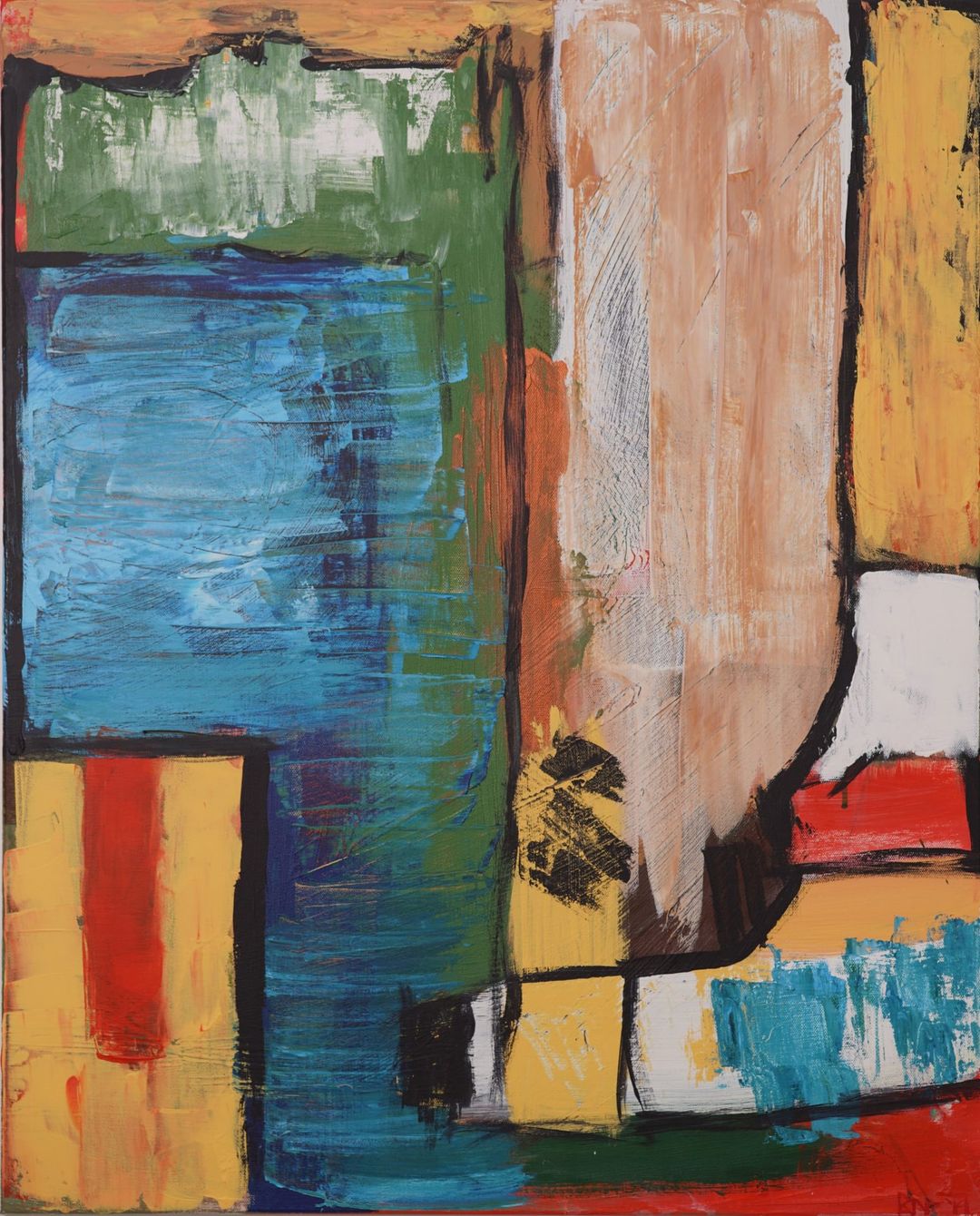
What does it mean to wear a disguise? Is it to hide from others, to avoid being known, to escape responsibility? Do we put one on in order to provide others the opportunity to reveal something about themselves they might not otherwise? Or is it a way to explore a side of ourselves we normally conceal?
The life of Jacob’s family (our family) is full of disguises and deceits. Jacob dresses up as Esau to gain their father’s blessing. Laban secretly substitutes Leah for Rachel on her wedding night. Tamar disguises herself as a prostitute to elicit justice from Judah. Joseph presents himself as an Egyptian in the presence of his brothers, who had betrayed him.
Magicians perform sleights of hand. These are skillfully executed deceptions designed to defy our expectations. Their effect is to astound us. We catch our breath in wonder at the mystery of it all.
The most profound deceptions are those which cause us to question what we have always taken for granted and to discover some new possibility. The artist Ben Potter is interested in “the oscillation between representation and abstraction,” the known and the to-be-explored (Jacob’s dream). His piece de Kooning in Disguise is not meant to trick us into thinking the work is one by the great artist Willem de Kooning. He painted it to explore how de Kooning saw, what he felt. He enrobed himself in de Kooning’s style in order to add a new dimension of perception and expression to his own life.
Not every disguise or deception is meant to harm. Some are meant to astound and reveal new possibilities.








